Caring for the heritage treasures within remains a serious business as comedy club moves into former church
A 160 year old, landmark Glasgow church is starting a fresh chapter in its life after announcing it was the new home for a much loved comedy club but with The National Lottery Heritage Fund and Glasgow City Heritage Trust’s support the important heritage of the building will remain centre stage.

Caroline Clark, Director for Scotland, National Lottery Heritage Fund said:
"Restoring Alf Webster’s beautiful stained glass and delivering an outreach programme will unlock more of Glasgow’s artistic and cultural history for new audiences. Thanks to National Lottery players 'Accessing Websters Heritage' will protect and celebrate the craftsmanship and artistry which is a hallmark of Glasgow's unquestioned importance as a global city of creativity and design."
Standing at the junction of Great Western Road and the River Kelvin the former Lansdowne Church is an iconic building on the busy route from the West into the city. The church became a theatre a decade ago, this summer it was announced a popular comedy club was taking up residence but the charity that cares for the building remains committed to recognising and sharing it as a heritage asset for Glasgow and has now secured £250,000 support from The National Lottery Heritage Fund and The Glasgow City Heritage Trust for a new project entitled ‘Accessing Websters Heritage’.
Erin Russo, Grants Manager Glasgow City Heritage Trust, ‘Glasgow City Heritage Trust is delighted to support the Accessing Webster's Heritage project, which represents exactly the kind of innovative heritage initiative we champion - one that not only preserves irreplaceable cultural works but reimagines them as living educational resources for communities. Alf Websters exceptional stained glass work deserves to be celebrated within Scotland's artistic heritage, and this project achieves that through a compelling combination of specialist traditional conservation, inclusive community engagement, and forward-thinking accessibility improvements. By supporting both the immediate conservation needs and the longer-term vision of raising awareness of Glasgow's world-class stained glass tradition, investing in a project that will have lasting cultural, educational and economic impact for the city.’
The building houses stained glass windows by renowned stained glass artist Alf Webster (1883-1915) and a WWI plaster frieze by Evelyn Beale. The A Listed building, formerly known as Lansdowne Church, now houses the Stand Comedy Club on the ground floor with the stained glass gallery currently under development at upper gallery level.
A major aspect of the project is the conservation and reinstatement of one of Alf Webster’s windows. We are fortunate in having one of the few UK ICON Accredited Conservator-Restorers Rab McInnes who is also a British Society of Master Glass Painters Member living and working near to the project. One of his assistants on the project is Gordon Muir who is a Stained Glass Craft Fellow, within the HES Trainee and Craft Fellowship Programme, based at the Engine Shed.
David Robertson, Director, FACT THREE says ‘Alf Webster’s genius as a stained glass artist deserves to be given great prominence in the city of his birth. The reinstatement of his finest work at Lansdowne church, made possible by generous support from the National Lottery and Glasgow City Heritage Trust will open the doors on his artistry for the wider community.’
The project will also research, record and disseminate knowledge through an outreach programme about both the building and Alf Webster. A database of Webster’s windows will be created as an interactive online resource to allow researchers to engage with his works.
About Alf Webster

The stained glass designer Alf Webster, produced some of his finest work in Lansdowne building at the end of a short career cut short by his tragic death in World War 1 in 1915 at the age of 31. He studied Architecture and Modelling at the Glasgow School of Art before studying under Stephen Adam (1848-1910) in Adam’s Glasgow studio. Webster’s talent established him as the successor Webster ran the Stephen Adam Senior studio from 1910, after Adams death. Websters windows are found elsewhere in Scotland including Edinburgh, Linlithgow, Labert and Kilmun.
About FACT THREE
FACT THREE is dedicated to preserving and sharing the rich and diverse history
and heritage of the West End of Glasgow, and in 2025 it will undertake a new projectcalled ‘Accessing Websters Heritage’. The project, which has been generously funded by The National Heritage Lottery Fund and Glasgow City Heritage Trust aims
to record and share this rich history in new and exciting ways.
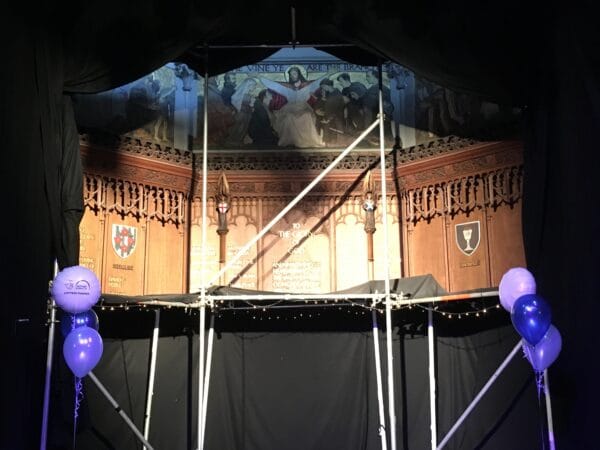 In 2019 Women, War & The West End was run in partnership with Four Acres Charitable Trust, Friends of Glasgow West and The Scottish Graduate School of Arts & Humanities.
In 2019 Women, War & The West End was run in partnership with Four Acres Charitable Trust, Friends of Glasgow West and The Scottish Graduate School of Arts & Humanities.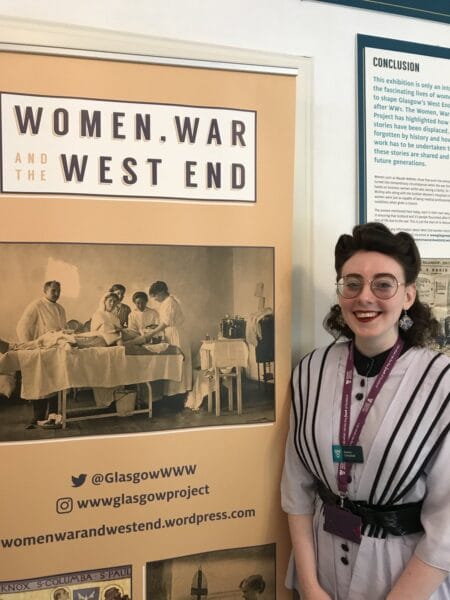
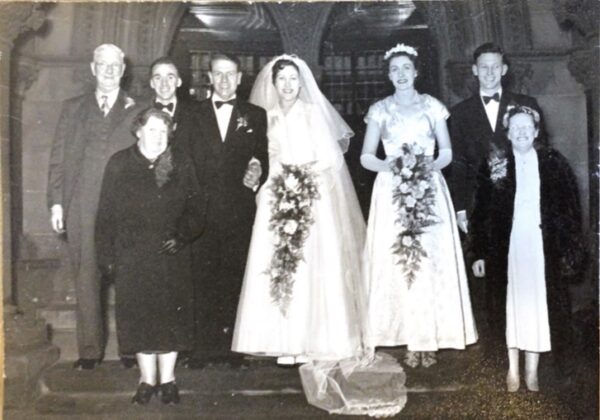 Stories Along Great Western Road aims to capture and celebrate the diverse, exciting and sometimes eccentric history of Great Western Road. Got married in the church? Worked in a shop on the road? Live, or lived in the area?
Stories Along Great Western Road aims to capture and celebrate the diverse, exciting and sometimes eccentric history of Great Western Road. Got married in the church? Worked in a shop on the road? Live, or lived in the area?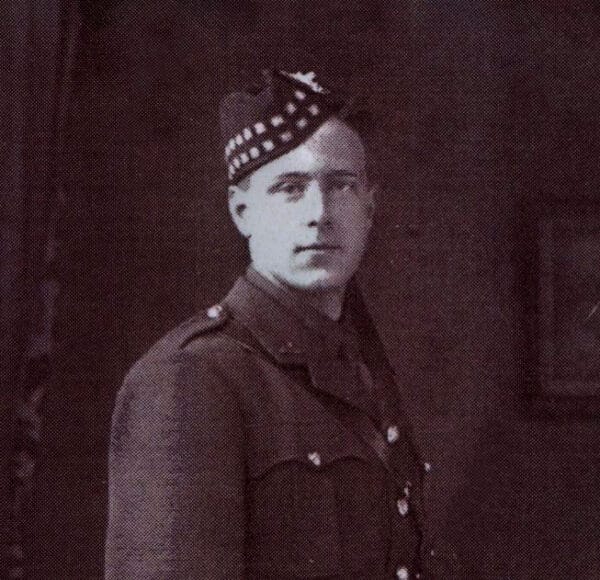 Websters Theatre is named after the stained glass designer Alf Webster who produced some of his finest work in the building at the end of a short career cut short by his tragic death in World War 1 in 1915 at the age of 31.
Websters Theatre is named after the stained glass designer Alf Webster who produced some of his finest work in the building at the end of a short career cut short by his tragic death in World War 1 in 1915 at the age of 31.











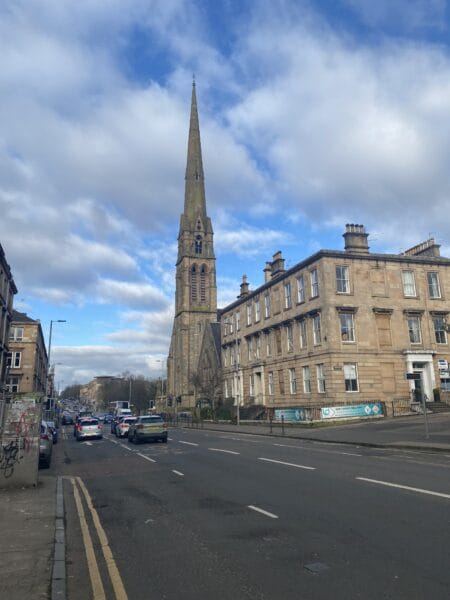 Websters was built as Lansdowne Church in 1863. It is described by architectural historian Gordon Urquhart in his book about the building, ‘A Notable Ornament’, as an “Icon of Victorian Glasgow”. Its tall slender steeple, complemented by the steeple of St Mary’s Episcopal Cathedral, forms one of the most distinctive architectural landmark features of Glasgow.
Websters was built as Lansdowne Church in 1863. It is described by architectural historian Gordon Urquhart in his book about the building, ‘A Notable Ornament’, as an “Icon of Victorian Glasgow”. Its tall slender steeple, complemented by the steeple of St Mary’s Episcopal Cathedral, forms one of the most distinctive architectural landmark features of Glasgow.














